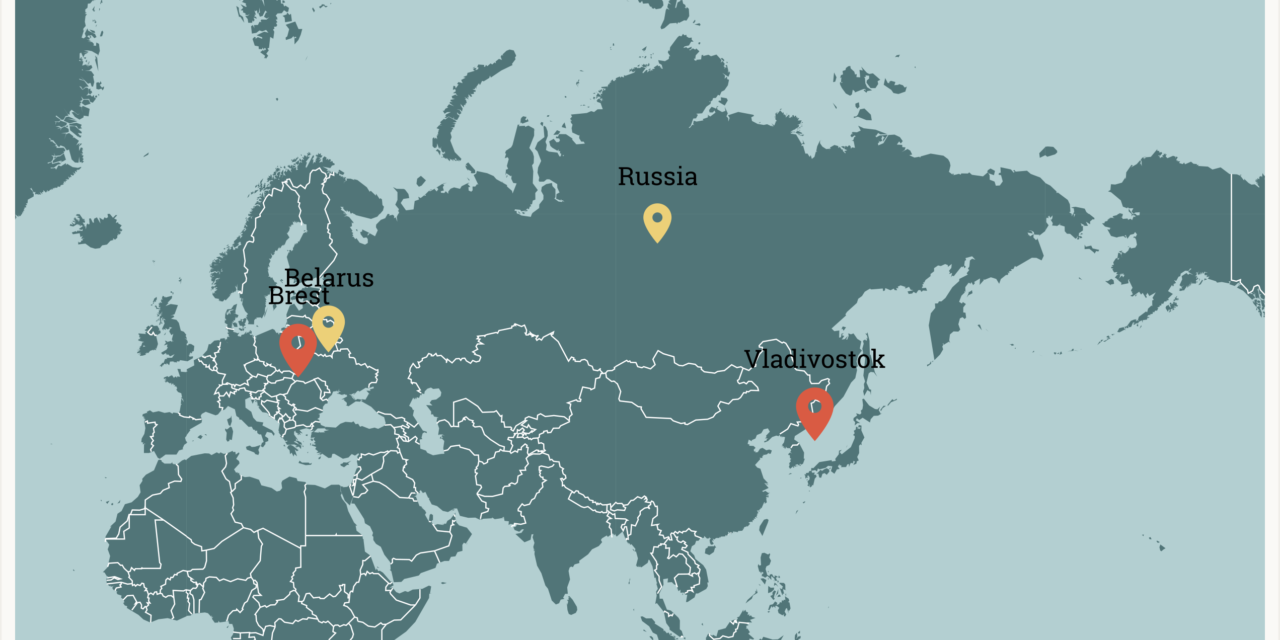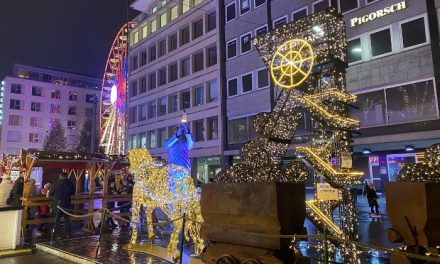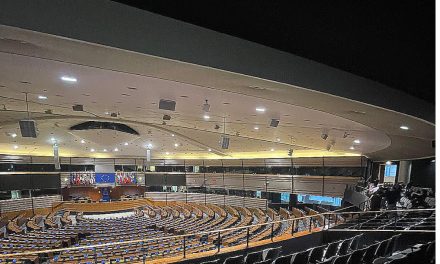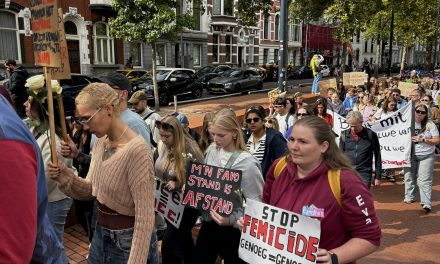The streets of Minsk have been unsettled for a number of weeks. The people of Belarus are demonstrating against last month’s fraudulent presidential elections, according to both the opposition and the European Union. Since then, Belarusian leader Lukashenko has been cornered and became more or less dependent on his eastern neighbour Putin. At the moment, it seems that the long-awaited Union State is about to become reality. But what will it look like?
“The Union State didn’t come out of the blue”, said Marc Jansen, guest researcher at the University of Amsterdam and specialized in Russian history. “It’s a largely stillborn project to make Russia and Belarus partners, that was agreed upon in the late 1990s. An economic integration treaty followed a year later”, he says. However, this collaboration has never been realized and since the start of the takeover of territories in Ukraine in 2014, Lukashenko took a more national course. This resulted in more support from the European Union. He quickly lost that support by silencing the opposition and defrauding the presidential elections last month. “This created a situation in which Lukashenko has become more or less dependent on Russia”, according to Mr Jansen. “Several steps have already been taken towards the realization of the Union State in recent weeks. For example, Putin is already supporting Belarus with a substantial loan of 1.5 billion dollar, and joint military exercises are taking place at this moment. Lukashenko eagerly accepts his help and previously called the two countries “One fatherland from Brest to Vladivostok”, implying Belarus was and will be a subject under a larger Russian domain.”
The formation of a Union State has long been on Putin’s wish list, but Lukashenko has always resisted implementing this out of fear that he could end up being reduced to little more than a regional governor under Kremlin control. “Now the opportunity has come, the question is whether Lukashenko is a serious partner for Putin, because the power in his own country has now been diminished by the demonstrations”, says Mr Jansen. According to him, Putin will probably respond to the realization of the Union State but would then want to dump Lukashenko by, for example, organizing new elections in which Lukashenko is no longer a candidate.
Enlarge
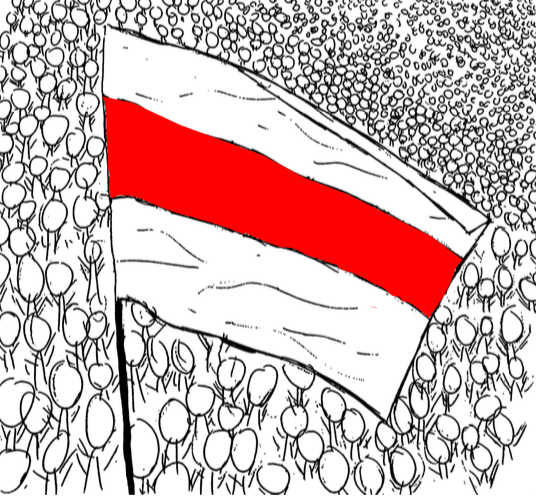
Made by: Floor Meijboom
Other options
Is there really no other solution than a Union State? It doesn’t seem like it. “After the arrests and forced departure of her colleagues, the KGB has attempted to deport the last opposition leader in Belarus, Maria Kolesnikova”, says Mr Jansen. “That failed because she tore up her passport at the border to Ukraine. From that moment on she has been imprisoned and therefore she can’t express herself in a public way. Not only has she been silenced, Europe also has little influence at the moment, because it does not recognise Lukashenko as Belarus’s president. Incidentally, no sanctions have yet been introduced against the administration, because, among other things, Cyprus maintains good ties with Russia and will only agree if there will be steps taken against Turkey as well. In a sense the EU has its back to the wall, even though it would rather not see the Union State being formed because Putin will have an even greater influence in Europe if Belarus is annexed to Russia”.
Mr Jansen thinks it’s very likely that the Union State will come about anyway, but with the side note that Putin still has to deal with the Belarusian people who have turned against the current president. “The demonstrations are caused by recent elections and their official results. Thereby it is not anti-Russian, but you could say the people are for an independent country. In this context you can assume that the population does not want a Union State in which Putin is in control. He could possibly solve this by presenting an acceptable candidate at the next elections, for which the population will vote in majority. He must be able to maneuver that well, but Putin is good at that game, so I think he can manage that”, says Mr Jansen.
